As the Internet continues to develop, developers need more efficient ways to manage their applications. Container technology, or containerization, is a way of packaging an application and all of its dependencies together. This technique is widely used in modern software development and is favored for its efficiency and portability. In the field of PHP development, container technology is also becoming more and more popular. This article will introduce container technology in PHP.
1. What is container technology?
Container technology is a virtualization technology that allows developers to package applications and all their dependencies together and easily deploy and run them anywhere. Container technology uses a container to run an application, which is isolated from the host operating system and other containers, thereby ensuring that the application can always maintain consistent performance in different environments. Another advantage of container technology is its lightweight nature, as containers contain only the minimum operating system resources required by the application and its dependencies.
In the field of PHP development, Docker is the most commonly used container technology, which enables developers to quickly build, deploy and run applications and manage the development environment. Docker provides a containerization platform that can package multiple versions of an application together, with an independent container for each version.
2. Why use container technology?
There are several advantages to using container technology. First, container technology can improve the portability of applications because containers can run in different environments without worrying about dependencies. Secondly, containers can ensure environment consistency because developers can use the same base image to create containers, thus ensuring environment consistency. Finally, container technology can speed up the development process because containers can provide an isolated environment that allows developers to test their applications more easily.
3. How to use container technology?
In PHP development, it is a common practice to use Docker to build and deploy containers. Docker provides an image file that developers can use to build and create containers. The following is sample code for creating a PHP container using Docker:
#指定基础镜像
FROM php:latest
#设置工作目录
WORKDIR /app
#将应用程序复制到容器中
COPY . /app
#安装PHP依赖项
RUN apt-get update && apt-get install -y
curl
wget
git
libpq-dev
libzip-dev
&& docker-php-ext-install pdo_mysql zip
&& pecl install xdebug
&& docker-php-ext-enable xdebug
#运行Apache服务器
CMD ["apache2-foreground"]This Dockerfile uses the latest version of PHP as the base image and copies the application into the container's /app directory. It also installs some PHP dependencies and enables the xdebug debugger. Finally, the Dockerfile runs an Apache server.
4. Precautions for container technology
There are several precautions to consider when using container technology. First, containers can help increase application portability, but all containers must rely on the same operating system, otherwise the containers may not function properly. Second, any dependencies that are missing from the container must be manually installed in the container, otherwise the application may not run properly. Finally, developers must monitor applications running in containers to ensure they are running stably and without performance bottlenecks and security vulnerabilities.
Summary:
Container technology is a powerful tool that can help PHP developers build and deploy applications. It improves application portability and consistency and speeds up the development process. However, developers must understand the best practices and considerations around containerization to ensure their applications run properly.
The above is the detailed content of Container technology in PHP. For more information, please follow other related articles on the PHP Chinese website!
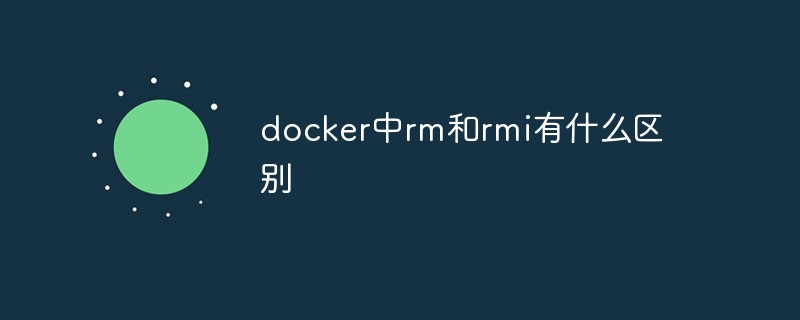 docker中rm和rmi有什么区别Jul 14, 2022 am 11:02 AM
docker中rm和rmi有什么区别Jul 14, 2022 am 11:02 AMdocker中rm和rmi的区别:rm命令用于删除一个或者多个容器,而rmi命令用于删除一个或者多个镜像;rm命令的语法为“docker rm [OPTIONS] CONTAINER [CONTAINER...]”,rmi命令的语法为“docker rmi [OPTIONS] IMAGE [IMAGE...]”。
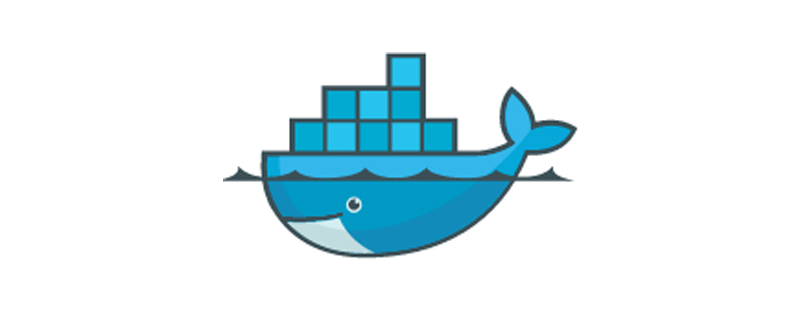 docker官方镜像有哪些May 12, 2022 pm 02:23 PM
docker官方镜像有哪些May 12, 2022 pm 02:23 PMdocker官方镜像有:1、nginx,一个高性能的HTTP和反向代理服务;2、alpine,一个面向安全应用的轻量级Linux发行版;3、busybox,一个集成了三百多个常用Linux命令和工具的软件;4、ubuntu;5、PHP等等。
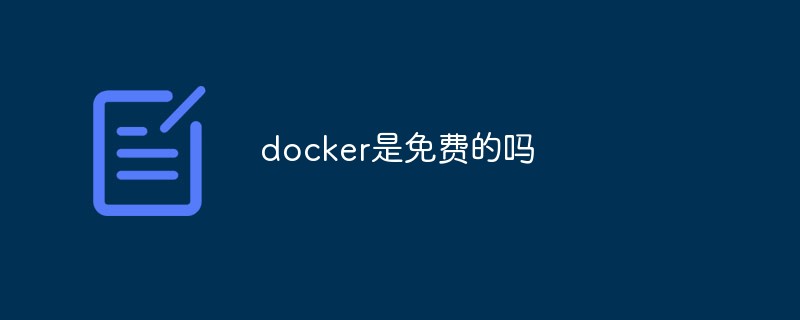 docker是免费的吗Jul 08, 2022 am 11:21 AM
docker是免费的吗Jul 08, 2022 am 11:21 AMdocker对于小型企业、个人、教育和非商业开源项目来说是免费的;2021年8月31日,docker宣布“Docker Desktop”将转变“Docker Personal”,将只免费提供给小型企业、个人、教育和非商业开源项目使用,对于其他用例则需要付费订阅。
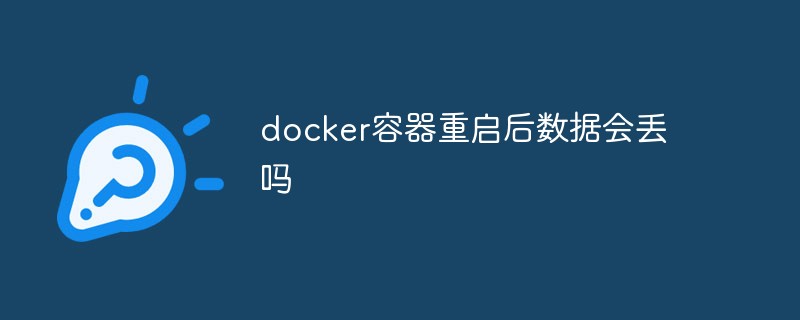 docker容器重启后数据会丢吗Jun 17, 2022 am 10:41 AM
docker容器重启后数据会丢吗Jun 17, 2022 am 10:41 AMdocker容器重启后数据会丢失的;但是可以利用volume或者“data container”来实现数据持久化,在容器关闭之后可以利用“-v”或者“–volumes-from”重新使用以前的数据,docker也可挂载宿主机磁盘目录,用来永久存储数据。
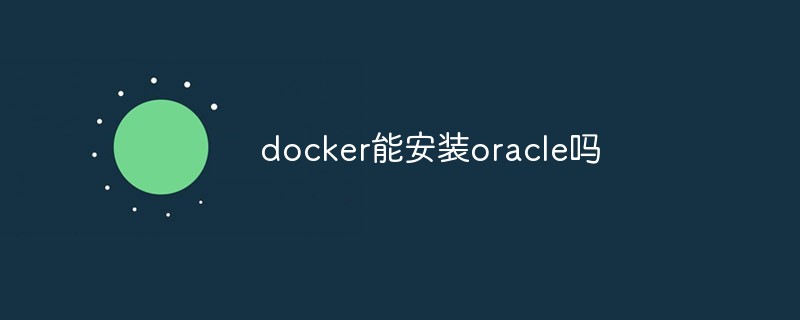 docker能安装oracle吗Jul 08, 2022 pm 04:07 PM
docker能安装oracle吗Jul 08, 2022 pm 04:07 PMdocker能安装oracle。安装方法:1、拉取Oracle官方镜像,可以利用“docker images”查看镜像;2、启动容器后利用“docker exec -it oracle11g bash”进入容器,并且编辑环境变量;3、利用“sqlplus /nolog”进入oracle命令行即可。
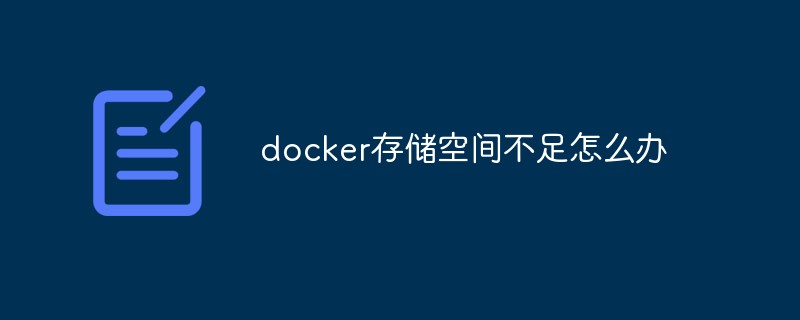 docker存储空间不足怎么办Jul 22, 2022 pm 03:44 PM
docker存储空间不足怎么办Jul 22, 2022 pm 03:44 PM解决方法:1、停止docker服务后,利用“rsync -avz /var/lib/docker 大磁盘目录/docker/lib/”将docker迁移到大容量磁盘中;2、编辑“/etc/docker/daemon.json”添加指定参数,将docker的目录迁移绑定;3、重载和重启docker服务即可。
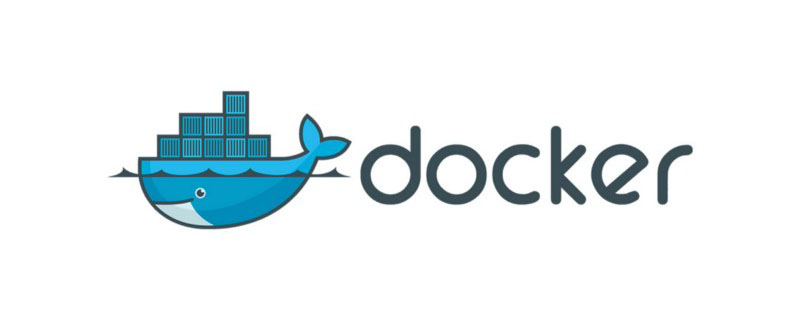 docker容器管理ui有哪些May 11, 2022 pm 03:39 PM
docker容器管理ui有哪些May 11, 2022 pm 03:39 PM容器管理ui工具有:1、Portainer,是一个轻量级的基于Web的Docker管理GUI;2、Kitematic,是一个GUI工具,可以更快速、更简单的运行容器;3、LazyDocker,基于终端的一个可视化查询工具;4、DockStation,一款桌面应用程序;5、Docker Desktop,能为Docker设置资源限制,比如内存,CPU,磁盘镜像大小;6、Docui。
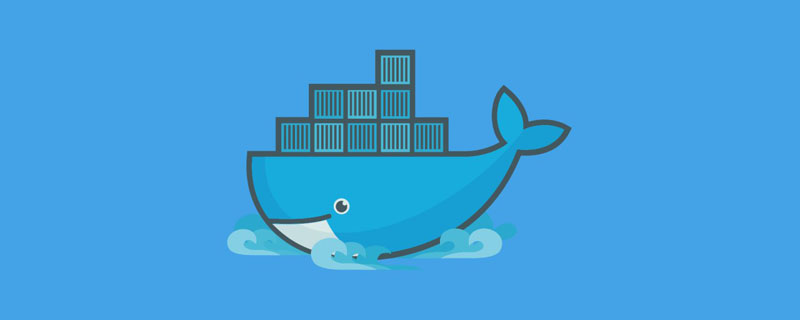 什么是docker最早支持的存储引擎May 12, 2022 pm 03:27 PM
什么是docker最早支持的存储引擎May 12, 2022 pm 03:27 PMAUFS是docker最早支持的存储引擎。AUFS是一种Union File System,是文件级的存储驱动,是Docker早期用的存储驱动,是Docker18.06版本之前,Ubuntu14.04版本前推荐的,支持xfs、ext4文件。


Hot AI Tools

Undresser.AI Undress
AI-powered app for creating realistic nude photos

AI Clothes Remover
Online AI tool for removing clothes from photos.

Undress AI Tool
Undress images for free

Clothoff.io
AI clothes remover

AI Hentai Generator
Generate AI Hentai for free.

Hot Article

Hot Tools

MantisBT
Mantis is an easy-to-deploy web-based defect tracking tool designed to aid in product defect tracking. It requires PHP, MySQL and a web server. Check out our demo and hosting services.

Atom editor mac version download
The most popular open source editor

Dreamweaver Mac version
Visual web development tools

Notepad++7.3.1
Easy-to-use and free code editor

SublimeText3 English version
Recommended: Win version, supports code prompts!






